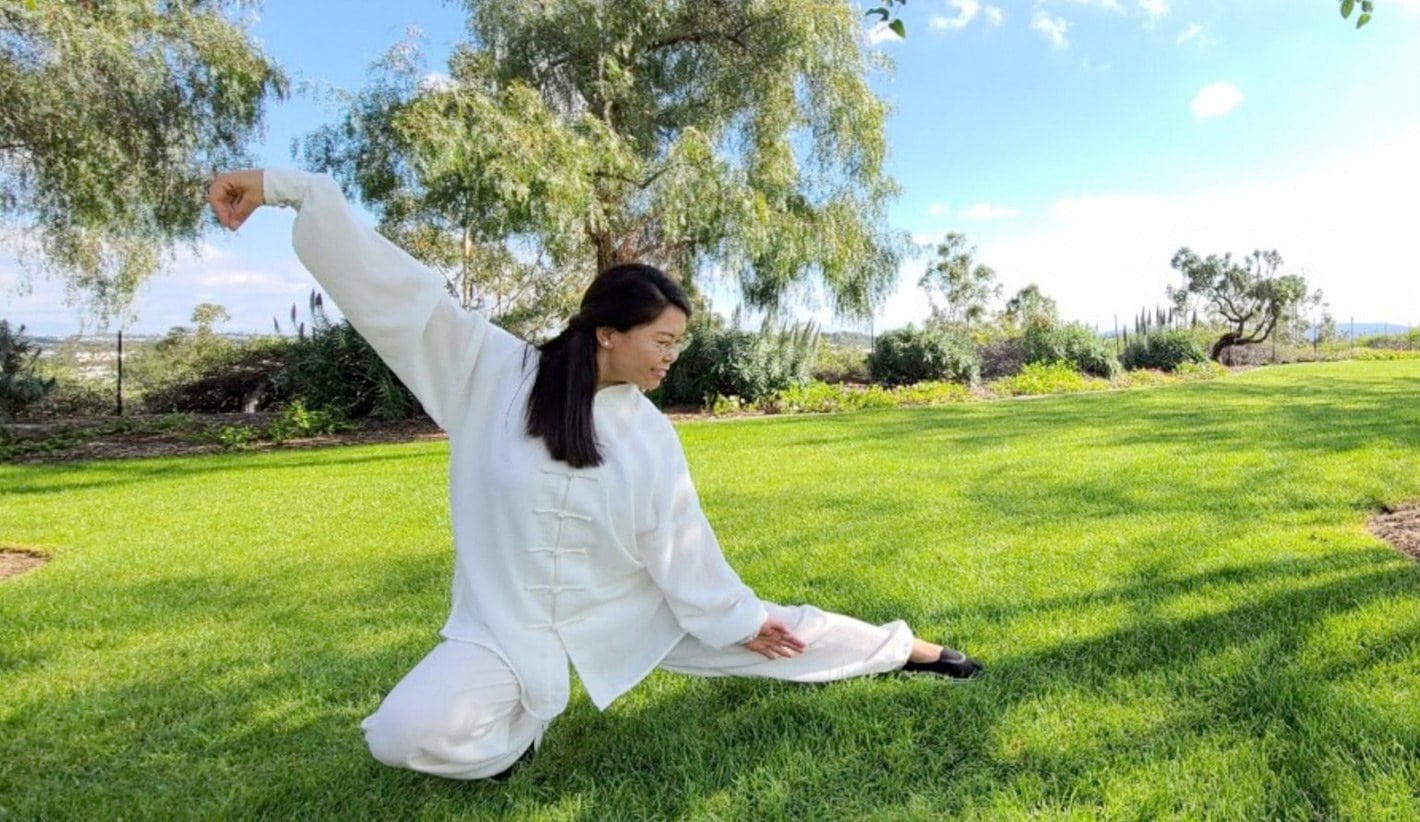Chronic pain is a persistent or recurring pain that lasts for more than three months. It can have a significant impact on a person’s daily life. It can be caused by a variety of conditions such as arthritis, fibromyalgia, migraines, or nerve damage. Chronic pain can affect a person’s mood, sleep, and ability to perform daily activities. It can also lead to depression, anxiety, and social isolation.
Effective chronic pain management is important to help reduce the impact of pain on their physical and mental health. Proper pain management can help reduce pain levels and improve function. It can also help prevent the development of chronic pain-related complications and improve a person’s ability to participate in activities. Here’s a list of some lesser-known chronic pain management techniques.

Tai Chi
Tai chi is a form of exercise that originated in ancient China and is often referred to as “moving meditation.” It involves slow, gentle movements that focus on breathing, balance, and relaxation. Tai chi has been shown to be an effective way to manage chronic pain by helping to reduce stress and improve balance and flexibility. It has been found to be particularly effective for chronic pain conditions such as arthritis, fibromyalgia, and back pain.
Tai chi’s slow movements and gentle stretching can help to improve circulation, increase joint mobility, and reduce muscle tension, all of which can contribute to reducing chronic pain. Tai chi is a low-impact exercise that is accessible to people of all ages and fitness levels, making it an excellent option for those who may have difficulty with more strenuous forms of exercise.
